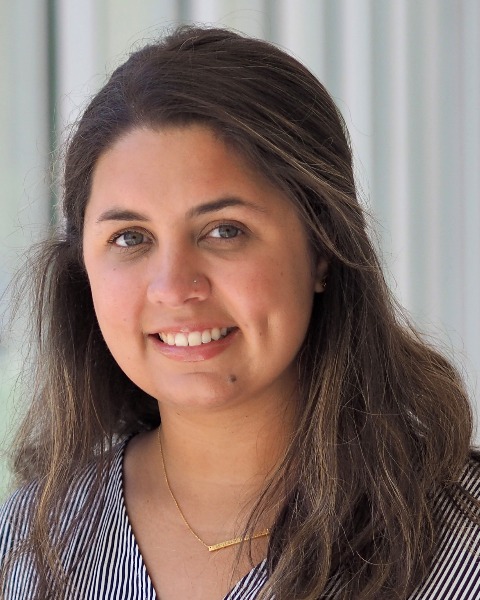Clinical Practice
Functional Dry Needling in the Inpatient Rehabilitation Setting: A Feasibility Study and Implementation Review
Wednesday, November 1, 2023
10:10 AM - 10:16 AM
Location: Station 3

Blaire Chandler, PT, DPT, NCS (she/her/hers)
Physical Therapist
Sheltering Arms Institute
Mechanicsville, Virginia, United States- RW
Robert A. Weisbeck, Jr., PT DPT NCS
Physical Therapist
Sheltering Arms Institute, United States
Presenting Author(s)
Non-presenting Author(s)
Research Objectives: To detail the implementation of a dry needling program in an inpatient rehabilitation (IPR) hospital, investigate feasibility of program, and report initial patient outcomes.
Design: 1 year feasibility study
Setting: A 114-bed IPR hospital with specialty programs including stroke, spinal cord injury, brain injury, and multispecialty.
Participants: Patients in an IPR hospital with a multitude of diagnoses including but not limited to stroke, spinal cord injury, brain injury, and post-surgery; 2 certified dry needling specialists; and referral sources including but not limited to therapists and physicians.
Interventions: Functional dry needling was performed both with and without concurrent electrical stimulation to target areas throughout the body based on evaluation of need. Interventions targeted multiple referral reasons including but not limited to pain, range of motion, tone/spasticity, and motor control.
Main Outcome Measures: The main outcomes of this study related to feasibility include number of referrals, referral completion rate, time-based outcomes, and number of adverse events.
Results: In this study, it was determined that dry needling was feasible as evidenced by the number of referrals and positive completion rates. The overall completion rate for appropriate referrals was >70% with an average time from consult to evaluation of 6.5 days. No adverse events were documented during the time of this study.
Conclusions: Current data suggests that implementation of a dry needling program in the inpatient rehabilitation setting is feasible and effective, though needing program refinement to maximize completion rates and limit time between consult and evaluation. Future studies will expand on specific outcomes related to dry needling in the IPR setting, further investigate the need for program growth/numbers, and determine optimal prescription of adjunct interventions to standard care.
Author(s) Disclosures: None
Design: 1 year feasibility study
Setting: A 114-bed IPR hospital with specialty programs including stroke, spinal cord injury, brain injury, and multispecialty.
Participants: Patients in an IPR hospital with a multitude of diagnoses including but not limited to stroke, spinal cord injury, brain injury, and post-surgery; 2 certified dry needling specialists; and referral sources including but not limited to therapists and physicians.
Interventions: Functional dry needling was performed both with and without concurrent electrical stimulation to target areas throughout the body based on evaluation of need. Interventions targeted multiple referral reasons including but not limited to pain, range of motion, tone/spasticity, and motor control.
Main Outcome Measures: The main outcomes of this study related to feasibility include number of referrals, referral completion rate, time-based outcomes, and number of adverse events.
Results: In this study, it was determined that dry needling was feasible as evidenced by the number of referrals and positive completion rates. The overall completion rate for appropriate referrals was >70% with an average time from consult to evaluation of 6.5 days. No adverse events were documented during the time of this study.
Conclusions: Current data suggests that implementation of a dry needling program in the inpatient rehabilitation setting is feasible and effective, though needing program refinement to maximize completion rates and limit time between consult and evaluation. Future studies will expand on specific outcomes related to dry needling in the IPR setting, further investigate the need for program growth/numbers, and determine optimal prescription of adjunct interventions to standard care.
Author(s) Disclosures: None
Learning Objectives:
- detail the implementation of a dry needling program in an inpatient rehabilitation hospital
- identify the feasibility of a dry needling program in an inpatient rehabilitation hospital
- describe initial functional outcomes related to the use of dry needling in an inpatient rehabilitation hospital

.jpg)
